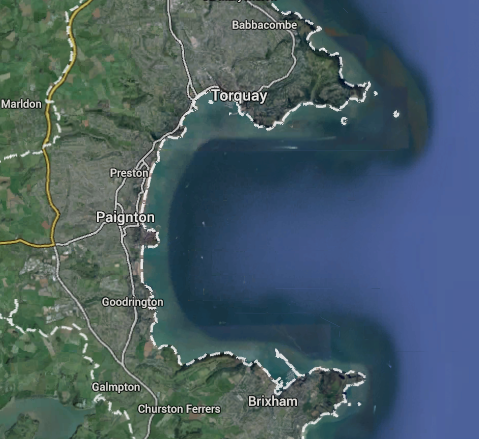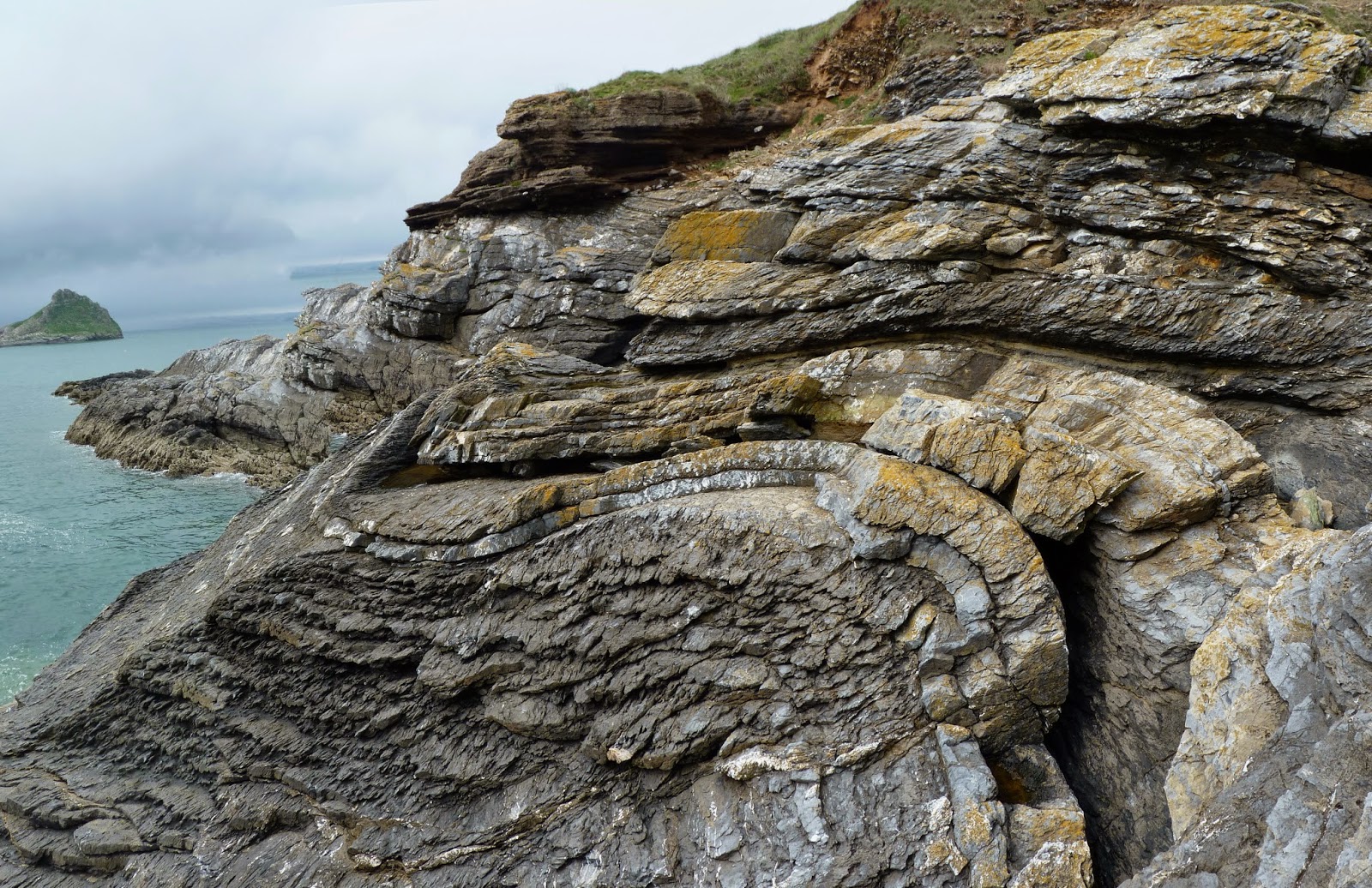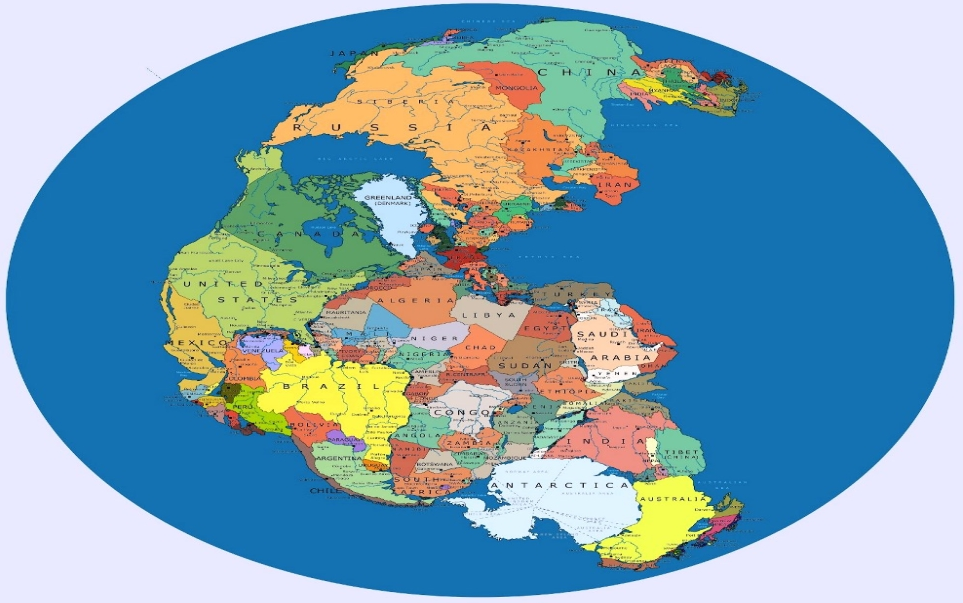 |
Last week (and after less than 20 hours after returning from the Slapton field course) I flew over to the European Geosciences Union (EGU) conference in Vienna, Austria. This is an annual event where both academic and industrial research scientists present their latest findings across the whole spectrum of the geosciences – from deep earth geophysics to astrobiology and everything in between.
I was attending to present my poster ‘The Mediterranean coral Cladocora caespitosa as a high resolution Pleistocene palaeoclimate archive’ basically summing up my lab results from the last few years as part of a session on isotopes and palaeoclimate. This was my first conference, as it’s taken nearly three years of research to get enough data to be worth talking about. It’s kind of depressing to see how easily three whole years of work can fit onto a single sheet of paper…
 |
| As much of my poster as I can post on here, it's all unpublished cutting edge stuff everybody's going to well want to plagiarise...maybe |
Arriving to my hotel around midnight, still broken from the
aforementioned week’s demonstrating, I was very relieved to find the hotel that
the university had agreed to book me into (purely chosen by its proximity to
the conference centre) was much fancier than expected. Staggering into the
rather impressive hotel lobby, tired, smelly and with my enormous trekking
rucksack I'm not sure whether myself or the receptionist was more surprised
that I was actually staying there (“ …Err…Yes…You are in the right place…Mr
Royle”).
Unfortunately, it quickly became apparent that the
conference was not going to be quite as relevant to my area of expertise as I’d
hoped. All of the isotopic sessions were dominated by people studying recent
plants & waters, while the interglacial climate sessions were overrun by
modellers claiming that all the carbonate isotope palaeoclimate proxy records must
be wrong as they didn't agree with their pretty models and computer simulations…
However, the two people who did come and find my poster
really knew what they were talking about, one of them having read and asking
about some rather obscure papers on trace element uptake in Cladocora I
hadn't even referenced on the poster and the other asking me tricky questions
about clumped isotopes that I somehow blagged my way through. Between them
though I got some really helpful feedback and good ideas on increasing the robustness
of my results; this does mean a little bit more time in the lab but hopefully
it should be worth it, as some of the things I hadn't thought about definitely seem
like the kind of questions a viva examiner could catch me out with. So it was definitely
worth presenting there for in that respect.
 |
| The impressive Austria Centre, where the conference was held (photo from here) |
While the conference wasn't quite so useful for me for relevant
networking potential, it was still a brilliant experience from a general
interest perspective. I did not realise the conference would be so big and with
over 4000 talks happening over the week there was always something interesting
to listen to. I spent a lot of time just hanging around general geology talks
learning about everything from the latest developments in sedimentary climate
proxies, new evidence for the volcanic origins of mass extinctions and details
on the tectonics of the Alps (which of course just reinforced how annoying I
was finding it being that close to the mountains with no one to go play in them
with). I did make the ‘mistake’ of going to an early morning talk by one of my
old professors from Liverpool who proceeded to break me with thermodynamics,
which was something I was glad to have thought I’d escaped when I graduated.
The ‘scientific’ highlight of the week, however, was a pair
of posters by Peruvian researchers (who were nowhere to be found and surprisingly
did not have an academic email address) correlated earthquakes, increases in
space weather, movement of the Earth’s magnetic field and the start of World
War II to Earth passing through the ‘vernal point of Aquarius’ in 1940. They
then went on to make a case for this astronomical date to be considered as the
start of the Anthropocene (never mind the industrial revolution or the start of
widespread agriculture) and that we should relocate the prime meridian from Greenwich
to Peru…yeah, OK.
There were a few times when the sheer amount of high level
science was pretty overwhelming and I had to get outside and escape it all; thankfully
it was about 20°C all week and
the local area was beautiful, perfect for morning runs along the Danube. By the end of the conference I did still feel
I’d had my fill of science for quite some time and was looking forward to a relaxing
bank holiday weekend back in Norwich.
It was also a really good week on a purely social and ‘touristy’
level. Vienna is a really nice city to explore and there was a large group of
both current and ex UEA students there. Most evenings were spent out late
eating schnitzel and sampling the local beers, which did, obviously, make
getting up for the first sessions of each day less of a pleasant experience.
 |
| Vienna seems like an interesting place, would've liked a bit more free time to see more of it |
All in all, my first conference was pretty good, even if I
would probably have been better off using my conference funding to find one
somewhat more relevant to my area. I do have a smaller, one day, UEA organised
conference this coming Wednesday called ‘Chronology and Climate’ which I’ll
be presenting a similar poster at. This is purely on the palaeoclimate of the
last interglacial (Marine Isotope Stage 5e) and has a few carbonate people
going so should, hopefully, be a lot more relevant and useful to me, check back
in a couple of weeks’ time to see how that goes…













